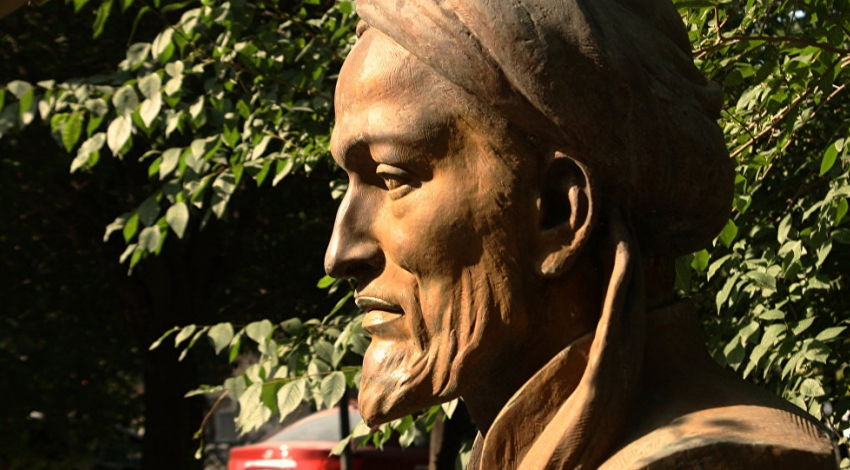For the first time scientists have studied a text by�noted tenth century polymath Ibn Sina (known as�Avicenna in�Latin), in�which the scholar described observations of�a supernova in�the year 397 of�the Islamic Hijri calendar, calculated as�1,006 AD.
Ibn Sina (980-1037 AD) was a Persian physician and philosopher who is regarded as�the most famous and influential of�the medieval Islamic world's philosopher-scientists.
The scientists who studied Ibn Sina's account believe it was written when he was in�present-day Iran, Turkmenistan or Uzbekistan, most probably the latter. They translate his description of�the supernova's form, direction and appearance.
Ibn Sina wrote that the object was "tailless," which distinguished it from�the more common transient objects, comets with�tails.
The new star was "getting fainter and fainter until�it disappeared," and that it "became fainter and disappeared," he wrote.
"At the beginning it was towards�a darkness and greenness, then it began to�throw out�sparks and then it became more and more whitish."
[caption id="" align="alignnone" width="1031"]
 � PHOTO: ARXIV.ORG Ibn Sina's recently revealed text about the supernova sighting[/caption]
� PHOTO: ARXIV.ORG Ibn Sina's recently revealed text about the supernova sighting[/caption]His Arabic-language report is one of�several historical observations of�supernovas that have helped scientists in�their understanding of�these celestial events, and adds to�previous information about�the supernova in�1006 AD from�observers in�Yemen, Morocco, China and Japan.
Contemporary scientists have also provided today's astronomers with�information about�supernova sightings in�1054 (from Eastern Asia and Arabia), 1181 (Eastern Asia), 1572 and 1604 AD (the latter two sighted in�Eastern Asia and Europe).
"Historic reports can deliver the date of�the observation (hence, the age of�the supernova remnant and, if existing, of�the neutron star) together with�a light curve (hence, possibly the supernova type), sometimes the color and its evolution, and the position of�the supernova," the scientists explained in�their paper, published on�ArXiv.org.
By Sputnik News











